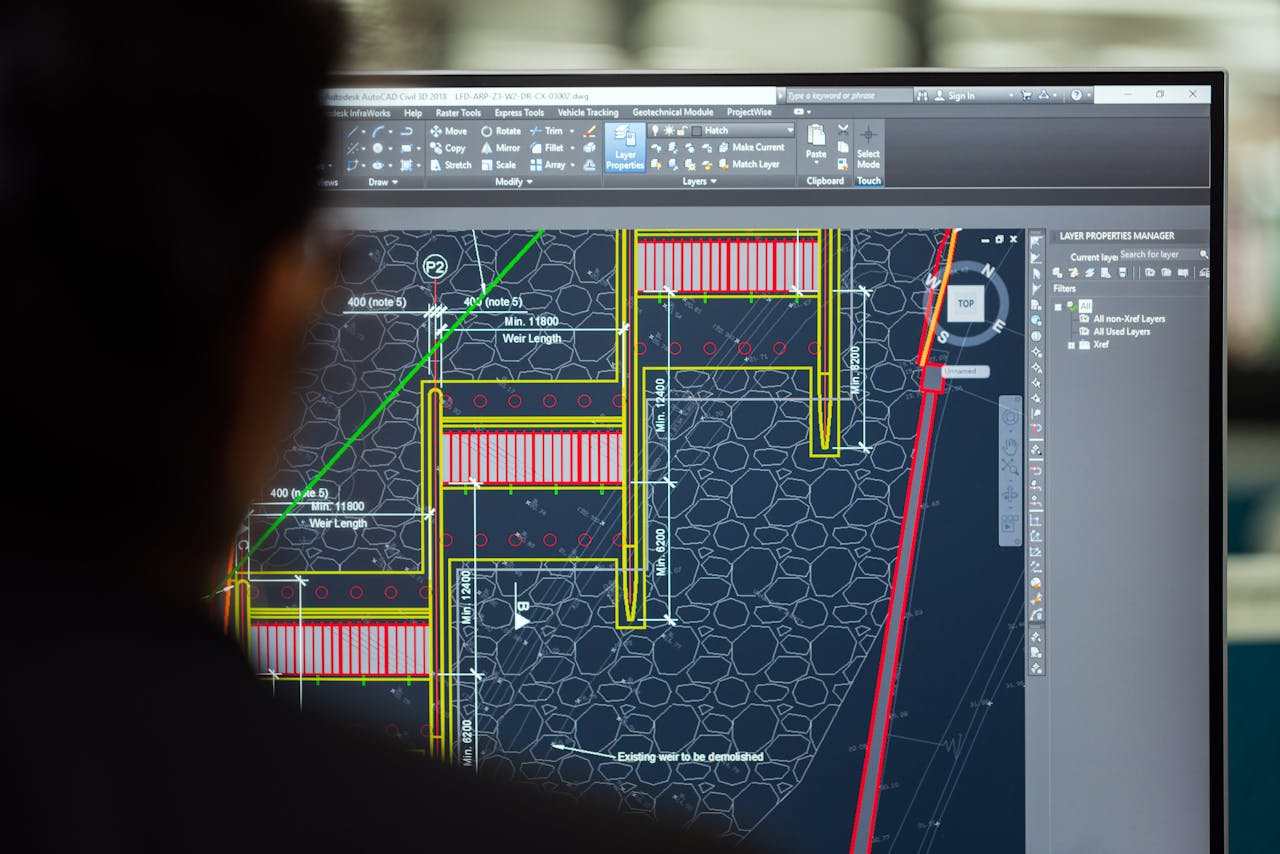Global manufacturers are now rethinking how they allocate resources. With competitive pressure rising and product cycles shrinking, outsourcing mechanical engineering has become more than a cost-saving tactic. It’s a strategic tool for resilience, scalability, and innovation.
Companies like JOT Solutions are filling a critical gap by delivering specialized talent and project-ready teams that can respond quickly to evolving technical needs. With the help of experienced mechanical engineering recruiters, organizations are no longer confined by geography or in-house limitations. They gain direct access to engineers with domain-specific knowledge across automotive, aerospace, industrial automation, and beyond.

Access to Specialized Talent on Demand
One of the primary advantages of outsourcing mechanical engineering is direct access to a deeper pool of skilled professionals. Firms can quickly tap into engineers with niche expertise, such as stress analysis, FEA modeling, CAD design, or HVAC systems, without building these capabilities internally.
In fast-moving sectors like robotics or precision manufacturing, timelines matter. Hiring and onboarding a full-time engineer can take months. Outsourcing lets businesses fill gaps almost immediately. Mechanical engineering partners often have pre-vetted candidates ready to be deployed on complex assignments. This flexibility supports speed without sacrificing quality.
Contract-based collaboration also allows organizations to test out new technologies or product concepts with a lower investment risk. They can bring in expert consultants for a defined scope, assess the output, and then decide whether to scale or pivot.
Operational and Labor Costs Reduction
Outsourcing engineering services reduces the need to maintain large internal teams during fluctuating production cycles. By moving fixed costs to variable costs, manufacturers gain better budget control. This approach is especially valuable in industries where development phases are long, but engineering input is sporadic.
Beyond labor savings, companies also reduce overhead costs associated with training, benefits, and infrastructure. Engineering service providers often operate with advanced digital toolsets, from simulation software to PDM systems, that clients can leverage without purchasing licenses.
The cost-effectiveness is not purely financial. With outsourced engineering, project managers can refocus internal teams on core innovation while delegating auxiliary or repetitive tasks to external teams. This dual-track productivity boosts overall output.
Keeping Pace with Technology and Tools
The field of mechanical engineering evolves rapidly, especially in areas such as 3D modeling, additive manufacturing, and digital twin technology. Staying current demands continuous investment in training and software. For many companies, this becomes unsustainable over time.
Engineering firms make it their mission to stay at the forefront of these developments. They often train staff on the latest versions of SolidWorks, Creo, CATIA, and ANSYS, and apply real-world learnings from multiple clients. By outsourcing, manufacturers gain instant access to this technological edge without having to build and maintain the same internal capabilities.
Moreover, outsourced partners often bring a cross-industry perspective. They’ve likely solved similar problems for companies in adjacent fields, giving them insight that might not exist within a siloed internal team.
Scaling Engineering Capacity Without Delay
Project pipelines rarely run in a straight line. Delays in one area can cause crunches in another. Having a scalable engineering partner ensures teams can ramp up quickly when demand surges. This is crucial in sectors such as consumer electronics and automotive manufacturing, where go-to-market windows are tight.
Outsourcing allows for a fluid model. Companies can bring in more engineers during the prototyping phase, then scale down once the product reaches production stability. That level of agility would be complex and inefficient to replicate with only in-house staffing.
Flexible staffing also supports geographically distributed projects. A US-based firm can outsource part of the mechanical design to partners in Asia or Eastern Europe, aligning resources across time zones to speed up workflows. The result is round-the-clock progress without overstretching internal capacity.
Risk Mitigation Through Shared Responsibility
Outsourcing providers assume shared responsibility for deliverables. With clear service-level agreements and project scopes, accountability is baked into the relationship. This creates a reliable delivery structure where risk is spread across both parties.
From a compliance perspective, experienced providers are already familiar with industry standards like ISO, ASME, or IATF certifications. They embed quality checks into their workflow and understand how to build documentation that supports regulatory review or third-party audits.
By working with providers who understand intellectual property protocols, companies can also protect proprietary designs while still achieving fast project turnaround. Confidentiality agreements and secure design collaboration tools are standard practice among reputable engineering firms.
Supporting Innovation Through Outside Perspective
One overlooked benefit of outsourcing mechanical engineering is the creative perspective it brings. External engineers often approach problems with a fresh lens, especially when they’re exposed to multiple industries. This diversity of thought can lead to smarter, more efficient solutions that internal teams might not have considered.
Outsourced partners are also incentivized to deliver high-impact work. Their performance is constantly evaluated through client satisfaction and repeat contracts. This creates a productivity-driven mindset that aligns closely with the goals of innovation-focused manufacturers.
Collaborating with external experts encourages internal teams to re-examine assumptions, adopt new methodologies, and raise their own standards. This continuous feedback loop can help foster a culture of excellence and forward-thinking design.